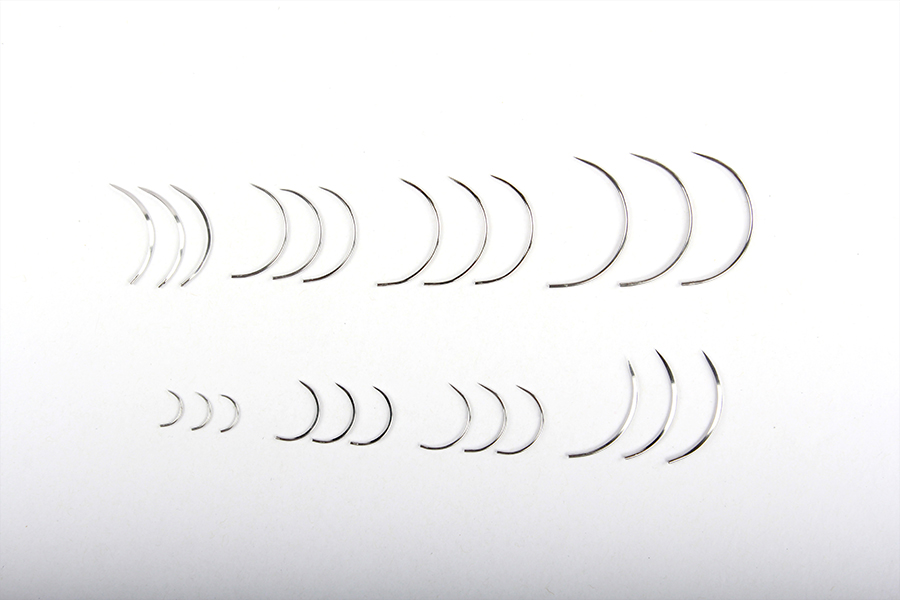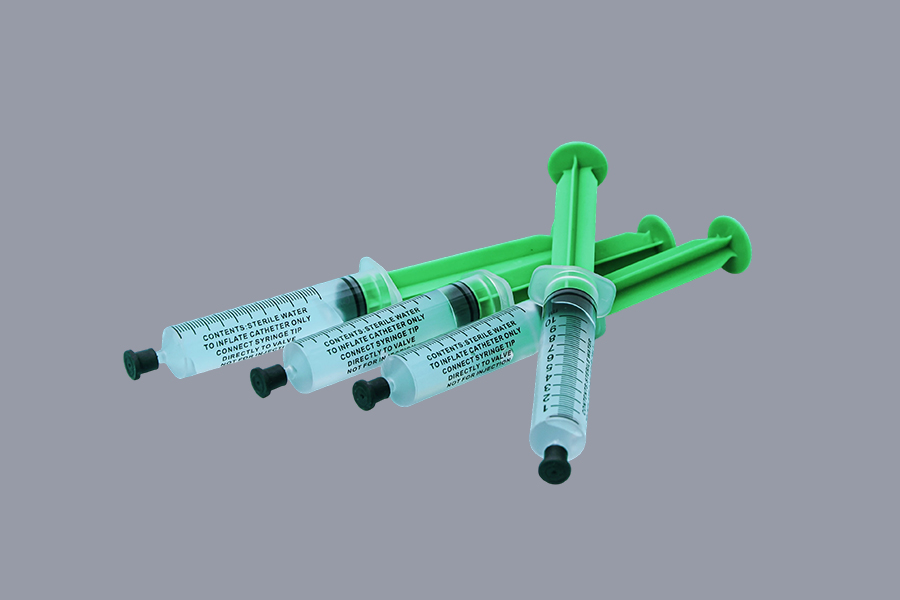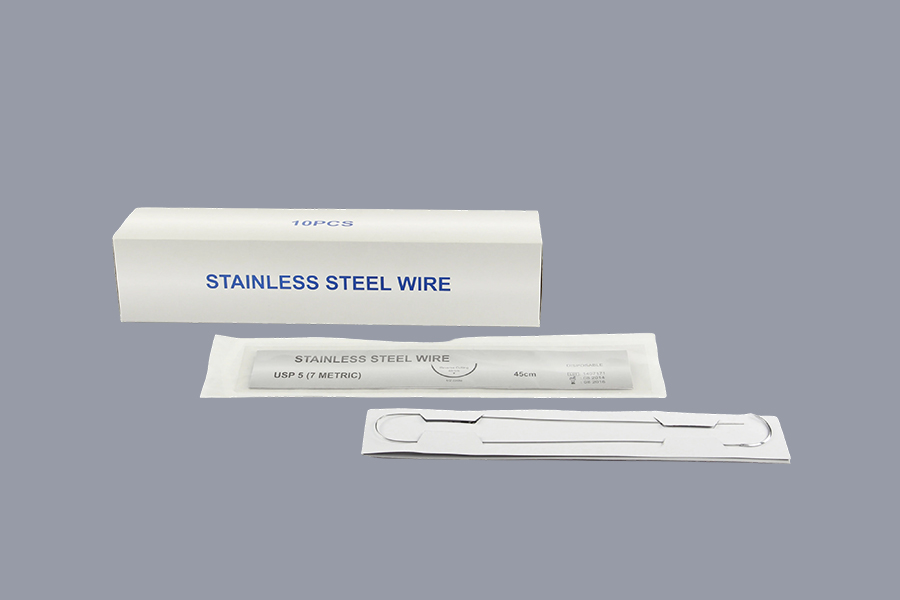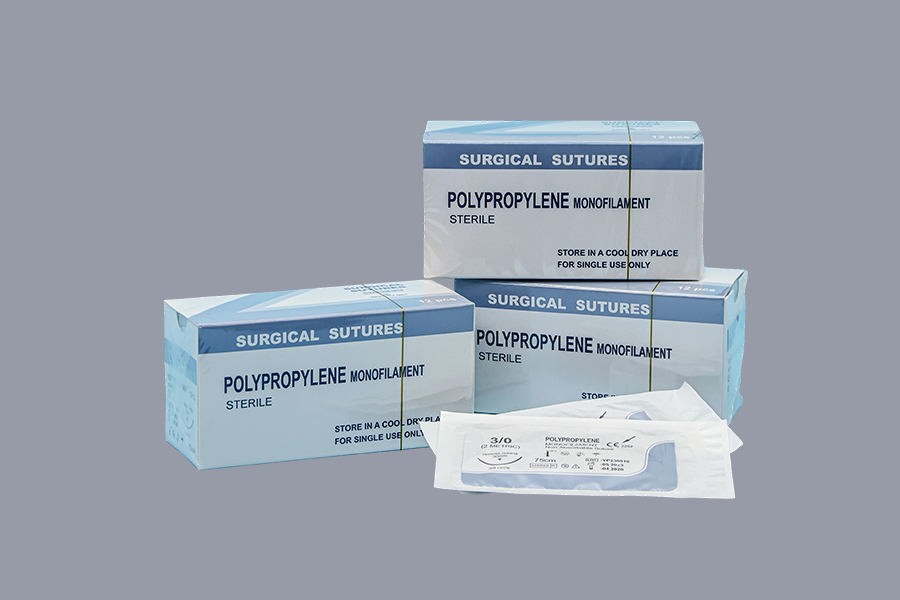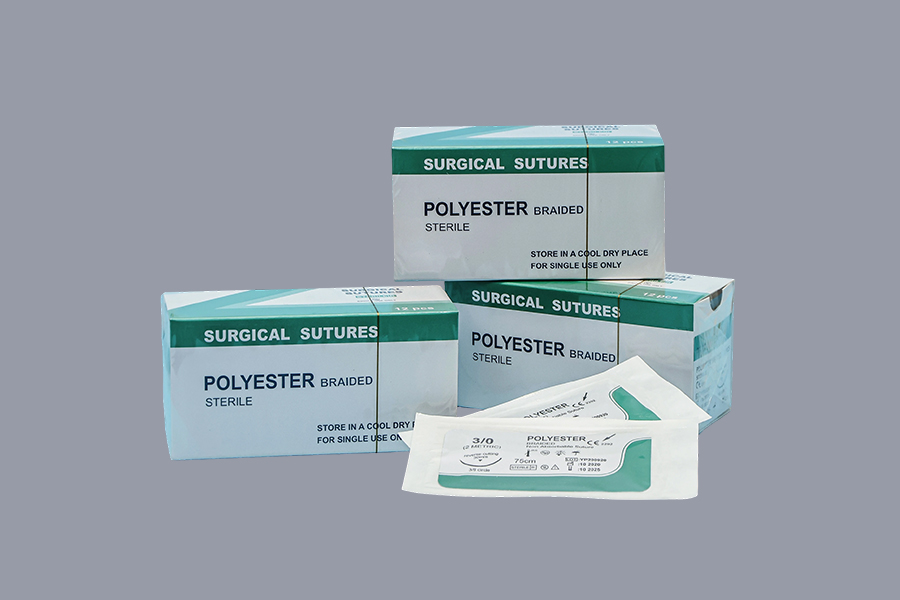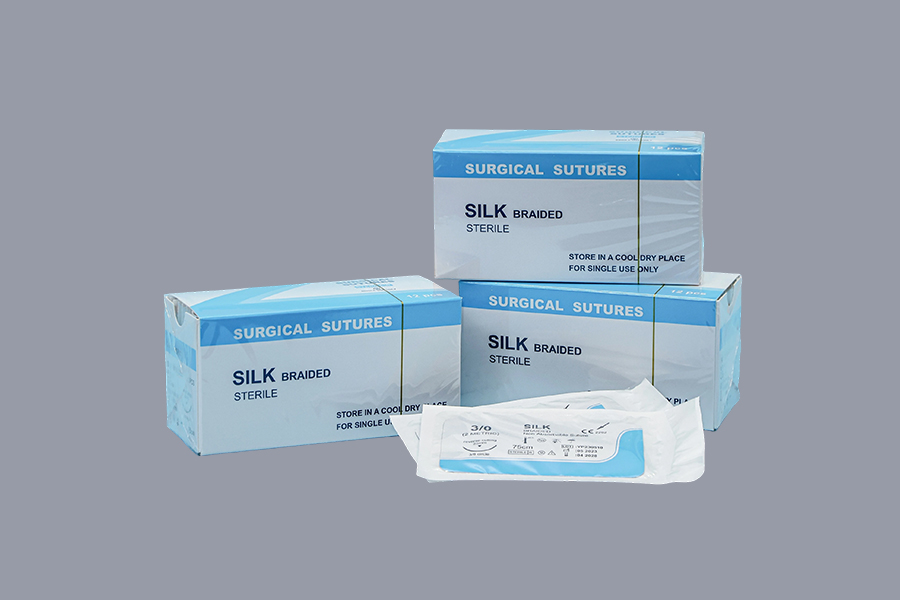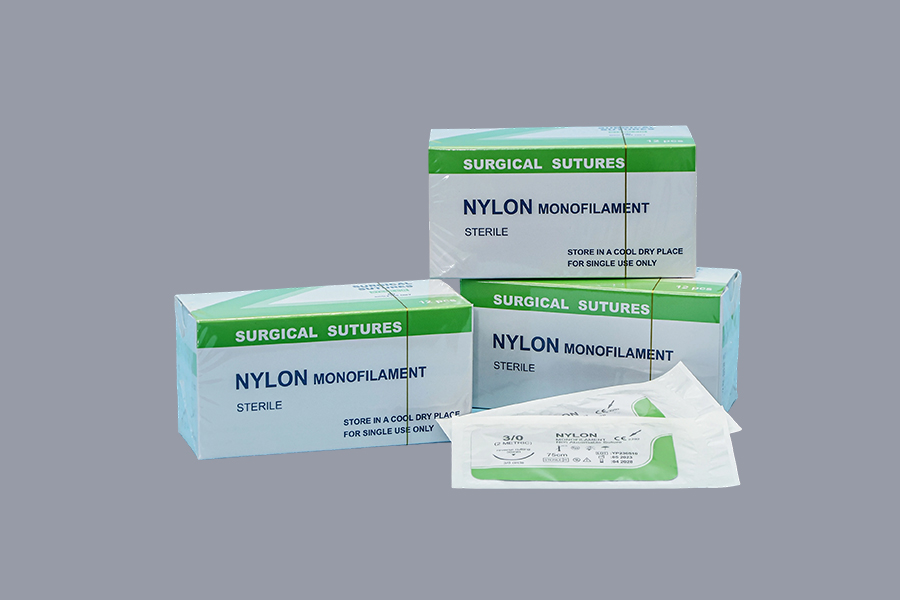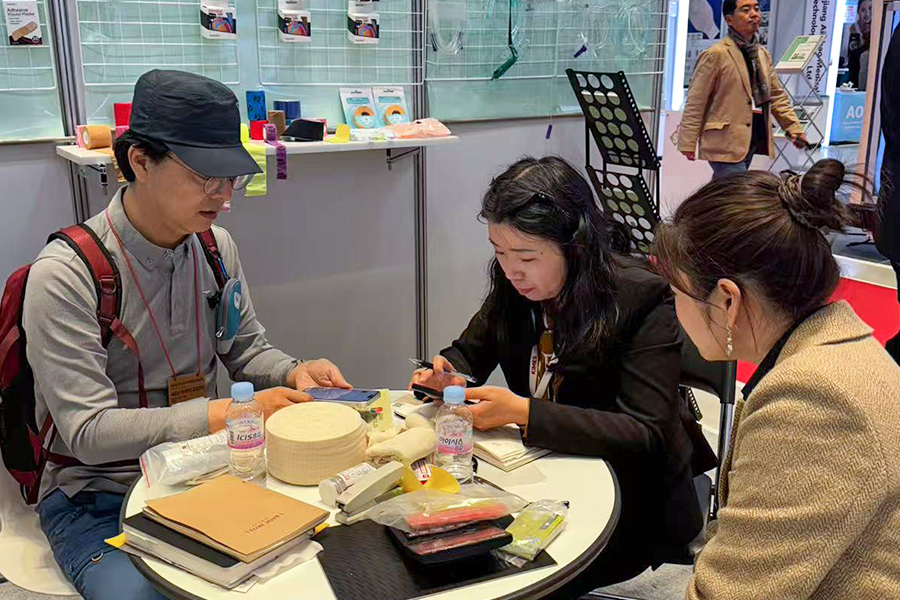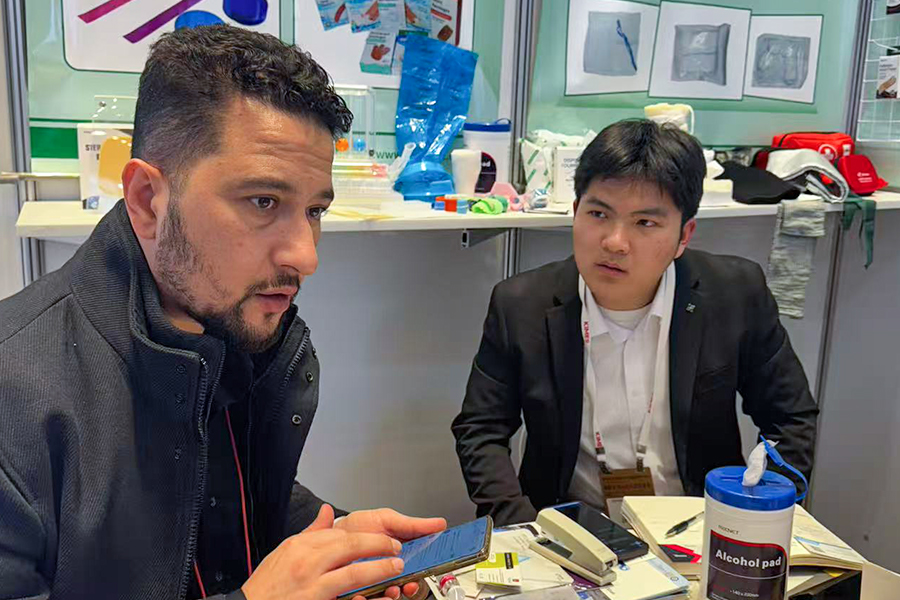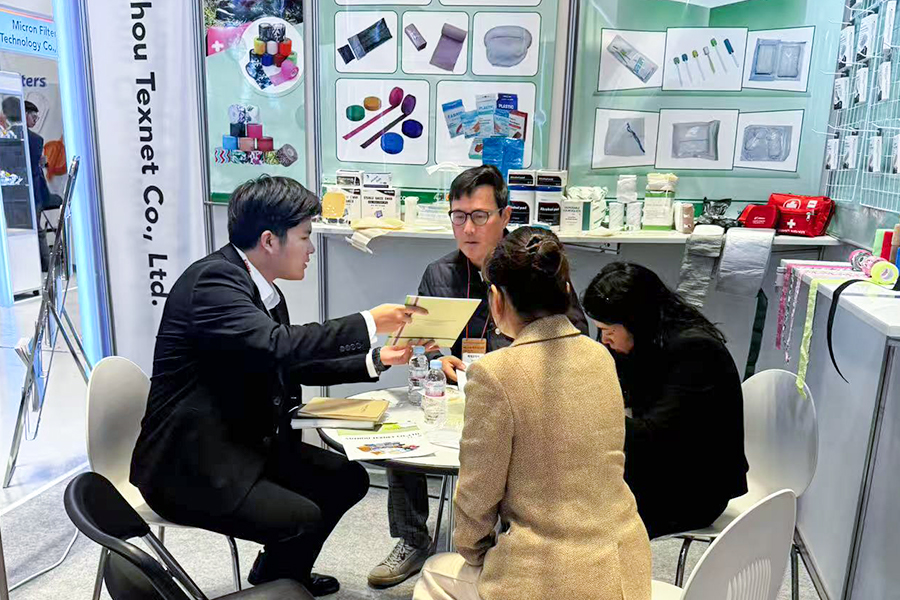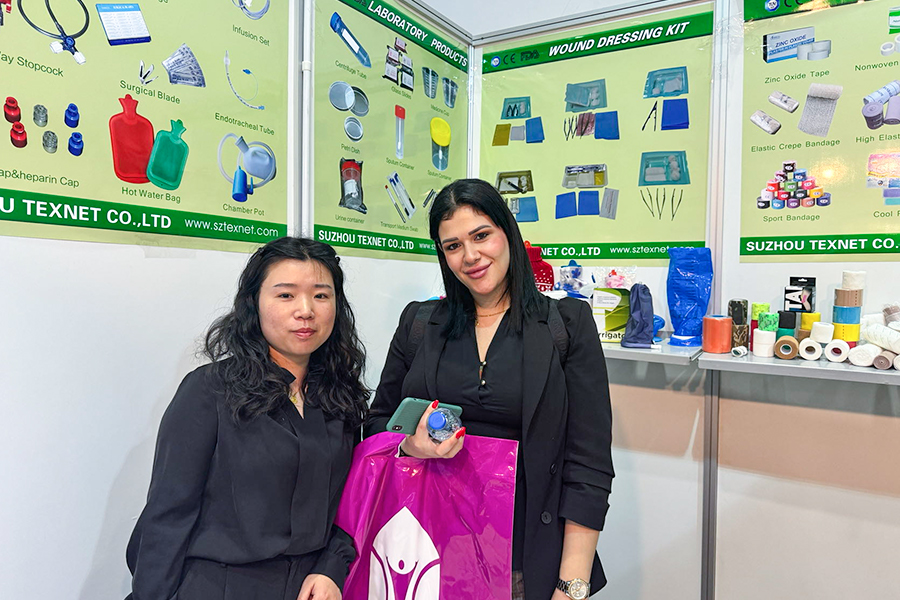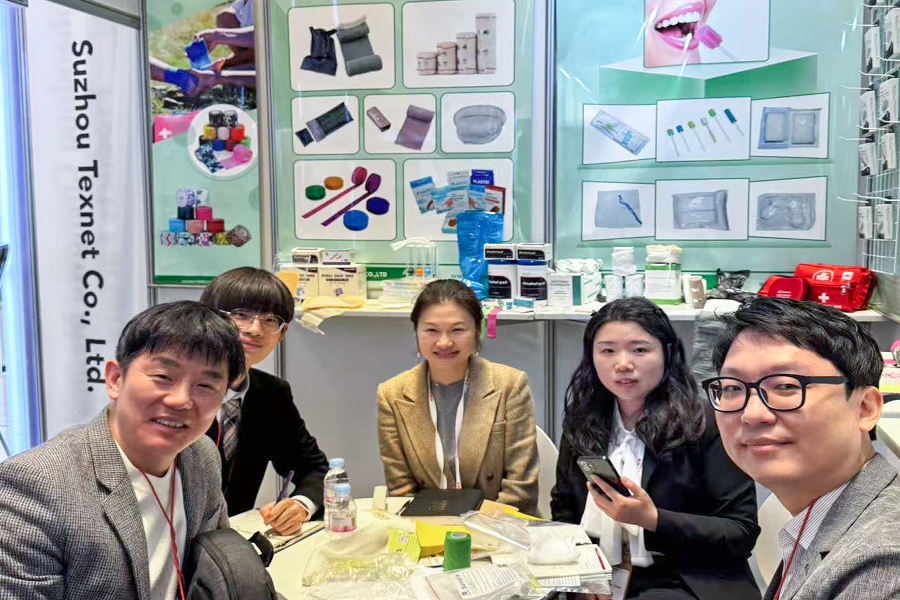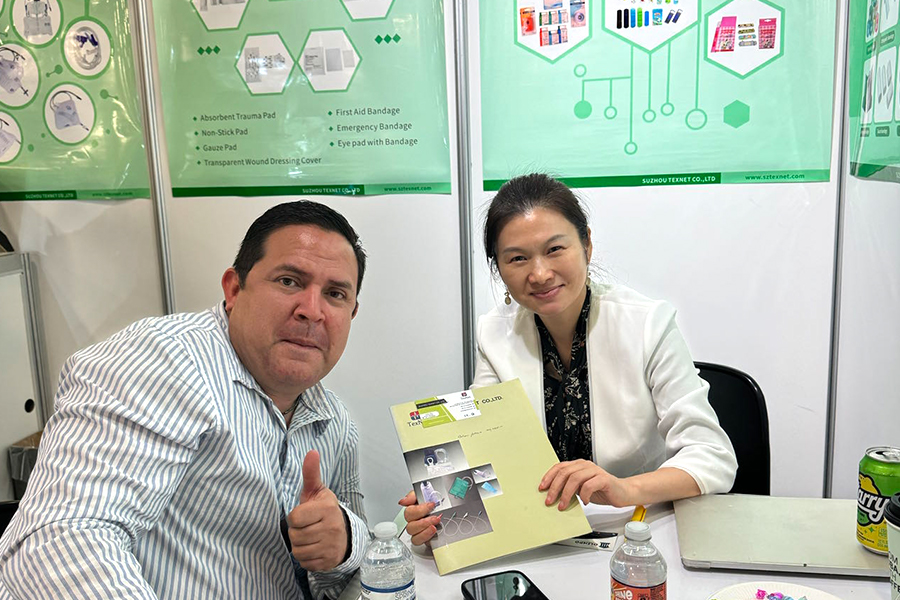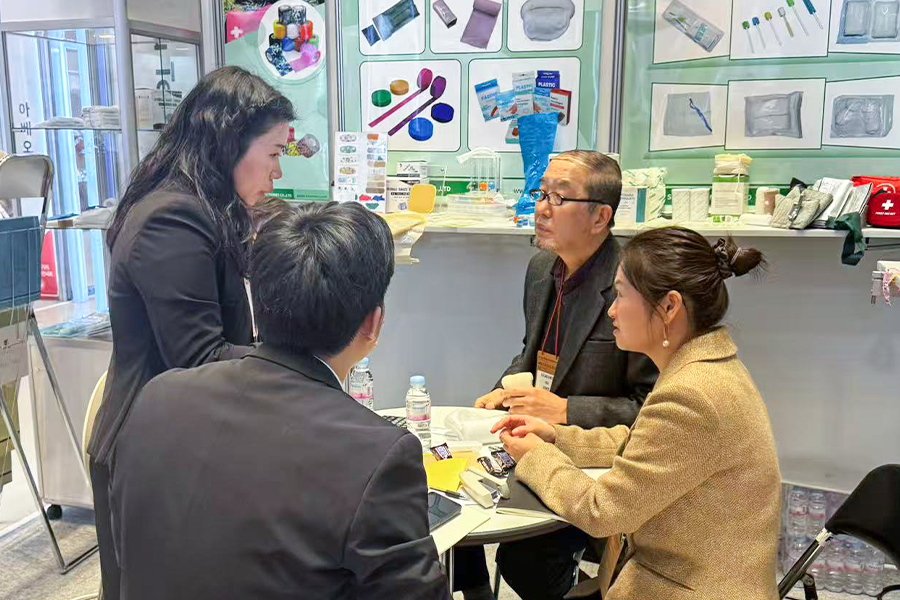
- Bandages
- Medical Tapes
- Cotton Products
- PPE Products
- Urology&Feeding Products
- Gauzes
- Procedure Kits&Dressings
- Catheters
- Surgery&Nursing
- Surgical Instruments
- Surgical Sutures
- Surgical Needles
- Surgical Blades
- Blood lancets
- Electrosurgical Pencils
- ECG
- Nasal cannulas
- Oxygen masks
- Nebulizer masks
- Venturi masks
- Spirometer
- Syringes
- Infusion sets
- IV cannulas
- Sharp boxes
- Three way Stopcocks
- Heparin caps
- Forceps
- Guedel Airways
- Light covers
- Tourniquet covers
- Lurbricant Jelly
- Lab Consumables
- Oral Care&Cleaning Products
- Sports Support
Suction Swabs — Types, Uses, Selection Guide & Best Practices
1. What are suction swabs and how are they constructed?
Suction swabs (also called suction tips or absorbent suction sticks) are single-use medical/clinical accessories designed to absorb fluids while allowing suction systems to remove liquids, debris, or foams from a treatment site. They combine an absorbent tip with a rigid or semi-rigid handle that connects to a suction tube or fits into a handpiece, enabling rapid fluid control in tight spaces.
Tip components and handle types
Most suction swabs are composed of two primary parts: the tip (absorbent material) and the handle/core (plastic or metal adapter). Tip materials vary (foam, cotton, polyurethane, silicone), and handles can be straight, angled, or flexible to reach different anatomical or equipment positions.
Common sizes and connectors
Sizes are typically specified by tip diameter and overall length (for example, 4 mm × 80 mm). Connectors are made to fit standard suction tubing (e.g., Luer-compatible or universal tapered adapters). Always confirm compatibility with your suction system before purchase.
2. Common applications of suction swabs
Suction swabs are widely used wherever precise fluid control is needed. Their lightweight, single-use design reduces cross-contamination risk and speeds procedures.
- Dental and oral surgery — clear saliva and blood during extractions, restorations, and implant procedures.
- General surgery and microsurgery — maintain a dry field in narrow operative corridors.
- ENT procedures — suctioning secretions from the ear, nose, and throat passages where precision is required.
- Dermatology and cosmetic treatments — remove fluids after injections, laser work, or peel procedures.
- Laboratory and pathology — controlled sampling or blotting where contamination control is important.
3. How to choose the right suction swab
Selecting the correct suction swab requires matching tip material, absorbency, size, and connector to the clinical task. Below are key selection criteria with practical advice.
Key selection criteria
- Tip material — choose foam or polyurethane for high absorbency and atraumatic contact; cotton for gentle blotting; silicone for non-absorbent wiping where only suction guidance is needed.
- Absorbency level — high-absorbency tips minimize instrument changes during heavy bleeding; lower-absorbency tips improve tactile control for delicate work.
- Tip shape and diameter — tapered tips reach narrow areas; larger diameters clear fluids faster but are less precise.
- Sterile vs. non-sterile — choose sterile packaging for invasive procedures; non-sterile is acceptable for external or non-invasive uses.
- Compatibility — verify connector type and whether the handle fits your suction tubing or handpiece adapter.
Quick decision checklist
- Is the procedure invasive? → Choose sterile packaging.
- Need precision or bulk clearance? → Small tapered tip for precision; wide foam tip for bulk fluid removal.
- Is patient comfort critical? → Use soft foam or silicone tips with atraumatic edges.
4. Comparative table: common suction swab types & specs
| Type | Tip material | Absorbency | Typical uses | Sterility option |
| Foam swab | Open-cell polyurethane foam | High | Surgical/dental bleeding control | Sterile & non-sterile |
| Cotton swab | Cotton (compressed) | Medium | Wound blotting, oral care | Sterile & non-sterile |
| Silicone-tip swab | Medical-grade silicone | Low (non-absorbent) | Delicate wiping, positioning | Usually non-sterile (sterile options exist) |
| Hydrophilic coated swab | Polyurethane with hydrophilic finish | Very high | Rapid fluid uptake, heavy exudate | Sterile options |
5. Proper use, handling, and disposal
Step-by-step: safe usage
- Confirm sterility and package integrity before opening for invasive procedures.
- Attach the swab to the suction tubing or handpiece adapter securely to avoid loss of suction.
- Gently place the tip at the fluid source — avoid aggressive scraping to prevent tissue damage.
- Replace the swab when saturated; saturated tips reduce suction efficiency and increase cross-contamination risk.
- Dispose of used swabs into regulated medical waste containers following local regulations.
6. Packaging, labeling & regulatory considerations
Packaging ranges from bulk boxes of non-sterile swabs to individually sealed sterile pouches. Labels should include lot number, expiry date, sterilization method (if applicable), and intended single-use designation. For markets with regulatory oversight, manufacturers commonly follow standards such as ISO 13485 for quality systems or provide CE/FDA documentation where required by local law; buyers should request certificates and test reports as part of supplier qualification.
7. Frequently asked questions (FAQs)
- Q: Can suction swabs be sterilized and reused?
A: They are designed as single-use disposables. Re-sterilizing and reusing may compromise tip integrity and cross-infection control; follow manufacturer guidance and local infection-control policies. - Q: How often should I change the swab during a procedure?
A: Change whenever the tip becomes saturated or when suction performance drops. In busy bleeding fields, anticipate multiple changes per procedure. - Q: Are there latex-free options?
A: Yes — most modern swabs use synthetic foams and plastics; always check product material if latex allergy is a concern. - Q: How should items be stored?
A: Store in a cool, dry place away from direct sunlight and chemicals; follow expiration guidance on sterile pouches.
-
Spill Kits for Hospitals — ...
Spill management in healthcare requires purpose-built kits that remove hazards quickly, protect staff and patients, and ensure regulatory compliance. This article explains what spill kits are designed for, how spill kits in hospitals differ from industrial sets, and the specific functions of spill c...
-
Eco-Conscious Hand Shields:...
What Are Eco-Conscious Hand Shields? Eco-conscious hand shields are protective gear designed with both safety and environmental impact in mind. Made from sustainable materials, these hand shields offer the same level of protection as traditional ones but with a reduced carbon footprint. The goal is...
Copyright © SUZHOU TEXNET CO., LTD.

The information provided on this website is intended for use only in countries and jurisdictions outside of the People's Republic of China.

 English
English Français
Français Español
Español Português
Português عربى
عربى